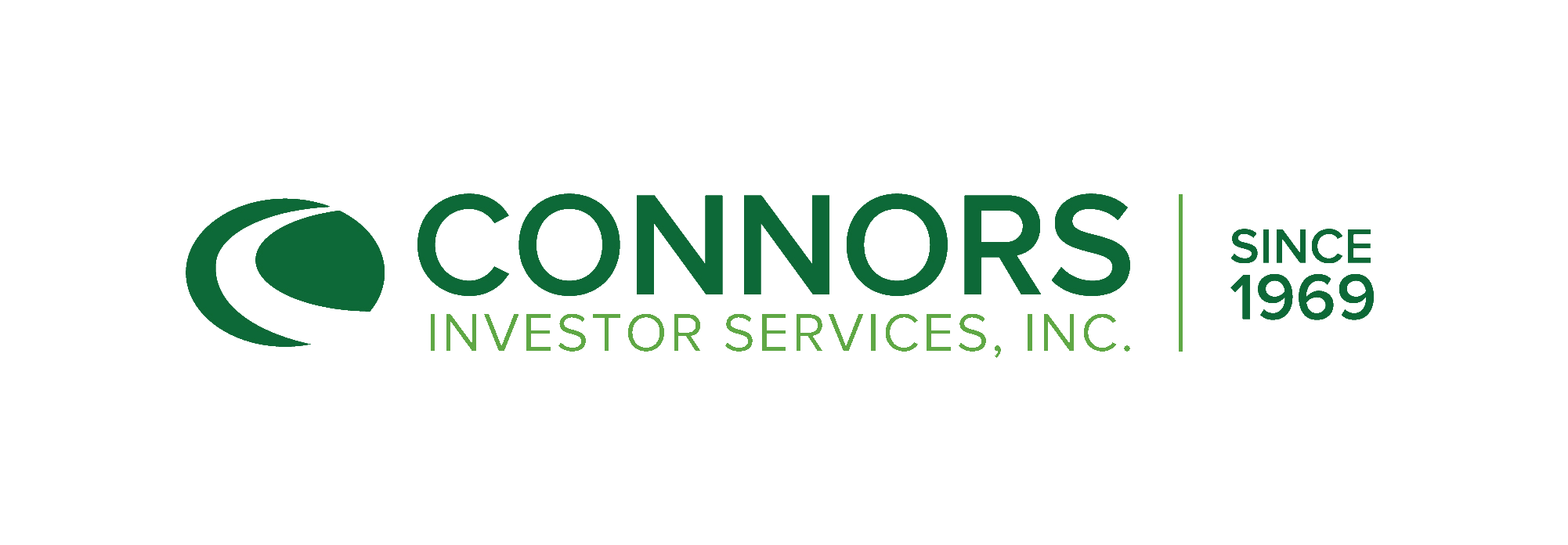2023 Q2 Small Companies Commentary
by Brian G. McCoy, CFA, on July 23, 2023
In the second quarter, equity markets were supported by economic data which continued to indicate a resilient domestic economy despite a historic rise in interest rates driven by the Federal Reserve’s determination to bring inflation down. Further buoying markets was evidence that inflation is moderating from its peak levels last year. Though surveys suggest consumers are still feeling the pressures of elevated inflation not seen in many years, expectations of future increases have been moderating. Investor sentiment was additionally boosted as results of the Federal Reserve’s stress tests were positive and helped restore confidence in the financial banking system and by the resolution of the debt ceiling crisis that removed the fear of government shutdowns.
Employment, most particularly, continues to be strong with unemployment at a very low 3.6% and the participation rate increasing back towards pre-pandemic levels. Further, though there has been much attention and angst over the participation of those of prime working age, the 25 to 54-year-old cohort, this level has also increased to levels not seen in over 20 years. With such strong employment levels, average hourly earnings averaging just above 4% and consumer balance sheets in good shape, spending on housing, goods and services have continued to grow. Thus, corporate earnings continued to be surprisingly resilient and forward guidance has generally been cautiously optimistic reflecting growth, both from large and small companies.
Mega cap stocks continued their dominance of investors’ attention as the S&P 500® gained 8.74% during the quarter, driven almost entirely by the largest ten companies in the index. This concentrated dominance has been evident for several quarters but was furthered by Artificial Intelligence (AI) excitement. Though the Russell 2000® began to show some relative outperformance late in the quarter, this reversed on AI driven mega cap performance and the small cap index ended the quarter with a more moderate return of 5.21%.
As our strategy has experienced both positive and negative divergence from broader markets over the decades, this quarter was one in the down direction with a slightly negative return, net of fees. We have gone into greater depth in our Outlook below.
For the past quarter, our leaders within the portfolio were as follows:
AMN Healthcare Services (AMN), a provider of healthcare staffing services, led performance during the quarter. Though demands are not at the acute levels during the pandemic, healthcare staffing demands remain at elevated levels and are likely to be so for the foreseeable future as retirements continue and an aging population drives demand. As fundamentals in their industry have normalized, rates have moderated and forward projections have leveled out for low to moderate growth. Management, in our opinion, has done a nice job managing costs to maintain margins and we like the company’s defensive nature in a more challenging economic background.
Omnicell (OMCL), a provider of automated systems for hospitals, drove performance as the company reported above consensus results in a challenging hospital budget environment and maintained full year guidance. Its leadership role as a provider of automated medication management is supported by their position as a sole source provider to more than half of the top hospitals in the country. Medication safety, inventory management and patient adherence should continue to drive solid results.
Artivion (AORT), a medical device company focused on cardiac and vascular procedures, rounded out our top three holdings, all of which were notably in healthcare. The company is recovering nicely in our estimation from a clinical trial disappointment last year as management has delivered on guidance and beaten estimates in their past two earnings releases. We foresee continued growth as existing products drive revenue growth and potential new products broaden their solutions.
Hackett Group (HCKT), a business consulting and technology implementation company, recovered from first quarter declines as it beat analyst estimates and provided similar guidance. Though not immune to the economic cycle, its services help companies benchmark to best practices and fully realize the benefits of technology through their consulting. Oracle (ORCL) continues to see strength in their cloud services which should benefit Hackett’s Oracle implementation services. We believe its low valuation and solid dividend yield should continue to benefit the portfolio.
PDC Energy (PDCE), an oil and gas E&P company rounded out the portfolio top performers as the company agreed to be acquired by Chevron (CVX).
Activity During the Quarter
Turnover was slightly higher than the first quarter as we exited two holdings and added three new positions to the portfolio. On the sell side of the ledger, we trimmed LoveSac (LOVE) and Sonos (SONO) to reduce our consumer discretionary exposure and lock in gains. We also reduced our positions in Healthstream (HSTM) and Apogee Enterprises (APOG). Rounding out our selling, we exited First Internet Bank (INBK) to reduce our banking exposure, and PDC Energy (PDCE) as it had agreed to be acquired by Chevron (CVX).
Putting cash to work, we marginally increased several existing positions in which we have long term confidence but have experienced price declines: NV5 Global (NVEE), Clean Energy Fuels (CLNE), Trupanion (TRUP), Cambium Networks (CMBM), Semtech (SMTC) and Shutterstock (SSTK). Notable for CMBM and SSTK, we had booked gains earlier in the year at prices approximately 30% higher. New positions we initiated were International Money Express (IMXI), SM Energy (SM) and The Shyft Group (SHYF).
To begin the second half of the year, we are overweight Consumer Staples, Healthcare, Energy, and Consumer Discretionary. We are underweight Financials, Technology, Industrials, and Materials while our exposure to Real Estate and Communications are in-line with our benchmark. We continue to have no Utilities in the portfolio.
General Outlook, Current Positioning/Strategy
As we enter the second half of the year, debate continues over the likelihood, timing, and depth of a potential recession. We would have to count ourselves among those surprised at the resiliency of our economy though there are some clear factors which have kept growth intact. As highlighted above, employment has continued to be a strong factor which affects sentiment and spending. In fact, pent-up demand for travel and entertainment have supported total consumer spending as a shift from goods to services continues. Also, government spending on infrastructure at a Federal and state/local level has been strong due to several bills in Washington including the Infrastructure Investment and Jobs Act (IIJA) and the Inflation Reduction Act (IRA). Furthermore, re-shoring is also helping to support non-residential construction, as factories and warehouses will be needed to support industries such as EVs and semiconductors.
We have not been surprised by the ‘higher for longer’ stance which the Federal Reserve has embraced as they continue efforts to bring inflation back to their 2% target. Following the most recent meeting, the released minutes and member comments suggest up to two additional 25 basis points (0.25%) hikes at upcoming meetings are quite plausible. A more accelerated downtrend in inflation than is currently seen and/or evidence of slower economic activity would be needed to shift them from this stance.
As we navigate these conflicting issues, we are working to manage the portfolio for the long term with an eye on shorter term risks and opportunities. We are not alone among money managers to say this so what do we mean? One aspect of our strategy that goes back several decades to its inception is to calculate an analysis of projected return of each holding looking forward over three years. Doing it for each holding also allows us to calculate a weighted average for the portfolio as well. These are updated frequently as new information is available and as prices and markets change. At any given time, we have holdings both above and below our base line return target which informs our decisions to make changes to the portfolio.
Certainly, not all our projections work out and others can take time to be fully realized yet overall, we believe from our experience, a more long-term focus has worked. Having a continuous process that spans decades, both strategy and management team, our results inform our convictions. This is not to say our team is complacent or tone-deaf to shorter term results and how they may affect longer term results looking backward. Much like a large wave passing under a boat, angst can be high when in the trough looking up at the peaks both in front and behind.
So why are we currently in a trough? Taking full ownership, over the past twelve months, we have held names in the portfolio that have clearly not worked out to our projections. In a concentrated portfolio there is no hiding from stock selection. In some we continue to have confidence while others we have exited.
One macro aspect which affected some of our holdings has been the revaluation of companies that have debt levels which have become more concerning given higher rates. Our portfolio traditionally exhibits less debt than our benchmark overall and when we look back a year ago this was in fact the case. Still, we may hold individual companies which have debt levels that may be higher as we believe it is manageable and we have confidence in the management team and underlying fundamentals of the company.
This affected CalAmp (CAMP), Lending Tree (TREE) and Liveperson (LPSN) over the past 12 months. In our last commentary, we provided some detail around LPSN which had been a long-held position in which we had booked significant gains over time as it had been a top performer in several periods. Similarly, we had booked significant gains in TREE in previous years and felt their flexible cost structure, debt level and maturity schedule were acceptable. In the current market environment, tolerance for debt is much lower and thus we exited those positions in prior quarters though not before impacting our returns.
Another component of our relative performance has been a lack of exposure to biotech. Many of these companies have minimal revenues and do not meet the qualities for which we traditionally consider. For example, Prometheus Biosciences (RXDX) was acquired by Merck (MRK) for $8.8B for a 600% return over the past year while the most recent revenue projection for next year was approximately $4M. This is just one example of several which have had extreme returns within the biotech and pharma industry. However, these are just not the type of binary result dependent companies in which we will invest.
Parallel efforts in our Microcap portfolio experienced this similar dynamic several years ago and to proactively address that lack of exposure within this portfolio, we invested in Cryoport (CYRX) in early 2022. CYRX provides cryogenic logistics solutions to the life sciences industry and have made several acquisitions to become a vertically integrated global provider. The company is currently supporting 652 clinical trials, 82 of which are in Phase 3 and they support 10 commercial therapies thus they are not reliant on any one binary outcome. The company does have a higher level of debt that matures at the end of 2026 yet the above mentioned ‘shots on goal’, management team, niche position, and sufficient cash on the balance sheet, in our estimation, meets the factors which have worked well historically.
One other aspect of our strategy is that we seek to be long term holders of companies, not just a holder of stocks. At times, longer term success can be masked by near term underperformance. One example is Trupanion (TRUP), a provider of pet insurance. Our original investment began in March of 2020 and as the stock performed well and our return projections became more challenged, we locked in realized gains equal to 1.1x our original investment through January of 2021 by reducing the position from over 4% to approximately 2.6%. Though there are specific risks TRUP faces, we have maintained our position through its recent declines and after speaking with veterinarian contacts have slightly increased its weight.
Another example is LoveSac (LOVE) which began as a holding in our Microcap strategy. After gaining more comfort with management and their execution, we invested more broadly in Small Companies in August of 2019. After increasing our investment through March of 2020, as the company began to outperform, we trimmed the position several times, including most recently in April. Though its performance has weighed on our twelve month returns, we still have gains approximately double our cost basis after booking realized total gains of 80% of our original investment. Our position weight of approximately 1% reflects an effort to recognize potential economic challenges facing consumers while maintaining exposure to a very niche company with solid fundamentals that is outperforming their industry.
We work to actively manage portfolio risks by booking gains and reducing weights. Looking at the examples above, it could be argued that completely exiting them for other holdings would have been better. However, a core aspect of our strategy is to invest in companies that offer niche products or services and allow management teams to realize the full potential of their businesses. Often this results in reducing and increasing positions as return projections fluctuate but if we determine our investment thesis remains, we continue to maintain our investment.
All said, we can look back to similar periods of performance and from a continual application of core strategy principles maintain confidence, though it often requires patience. We can not only look to our experience with our Small Companies strategy but similarly to our parallel efforts in the microcap asset class.
As the portfolio is currently positioned, we are looking to continue our over-weighted allocations to consumer staples and healthcare while underweight financials and technology. Though we are overweight in consumer discretionary, we feel our holding in Pet Meds (PETS) offers some defensive qualities while our goods focused holdings are doing better than their respective industries. They are marginally taking market share while our position weights, as exemplified by LOVE above, are well under normal in recognition of potential near term economic challenges.
To balance our defensive stance, we do have exposure to companies that should benefit from potential economic growth as well as from the passing of the IIJA and IRA mentioned previously. Of note, we have owned these names for several years well before they stood to benefit from these programs. Though underweight, our holdings in technology offer compelling returns in our estimation as recent conversations with management suggest inventory corrections may be bottoming.
Further, as we highlighted in recent commentary, lower valuations, dividends, higher cash levels and lower debt are more favored in our considerations while maintaining long term commitment to invest in companies we estimate to have niche products and/or services with good management teams. In reflection of this, as we analyze our portfolio relative to the Russell 2000, overall, we have better returns on capital, lower debt, cheaper valuation, and better growth potential.
Our team is also working to manage position weights more actively, making marginal changes based on near term risks and longer-term opportunities. And though our strategy is concentrated, we will not take any ‘big swings’ but will remain deliberate, thoughtful, and disciplined in the application of our process. We are always available to go into greater depth and discuss our thoughts and strategy further.
Thank you and enjoy your summer.
Important Disclosure Information
Please remember that past performance may not be indicative of future results. Different types of investments involve varying degrees of risk, and there can be no assurance that the future performance of any specific investment, investment strategy, or product (including the investments and/or investment strategies recommended or undertaken by Connors Investor Services, Inc. [“Connors]), or any non-investment related content, made reference to directly or indirectly in this commentary will be profitable, equal any corresponding indicated historical performance level(s), be suitable for your portfolio or individual situation, or prove successful. Due to various factors, including changing market conditions and/or applicable laws, the content may no longer be reflective of current opinions or positions. Moreover, you should not assume that any discussion or information contained in this commentary serves as the receipt of, or as a substitute for, personalized investment advice from Connors. Please remember, if you are a Connors client, to contact Connors, in writing, if there are any changes in your personal/financial situation or investment objectives for the purpose of reviewing/evaluating/revising our previous recommendations and/or services, or if you would like to impose, add, or to modify any reasonable restrictions to our investment advisory services. Unless, and until, you notify us, in writing, to the contrary, we shall continue to provide services as we do currently. Also, remember to advise us if you have not been receiving account statements (at least quarterly) from the account custodian. Connors is neither a law firm, nor a certified public accounting firm, and no portion of the commentary content should be construed as legal or accounting advice. A copy of the Connors’ current written disclosure Brochure discussing our advisory services and fees continues to remain available upon request or at www.connorsinvestor.com. Historical performance results for investment indices, benchmarks, and/or categories have been provided for general informational/comparison purposes only, and generally do not reflect the deduction of transaction and/or custodial charges, the deduction of an investment management fee, nor the impact of taxes, the incurrence of which would have the effect of decreasing historical performance results. It should not be assumed that your Connors account holdings correspond directly to any comparative indices or categories. Please Also Note: (1) performance results do not reflect the impact of taxes; (2) comparative benchmarks/indices may be more or less volatile than your Connors accounts; and, (3) a description of each comparative benchmark/index is available upon request.







